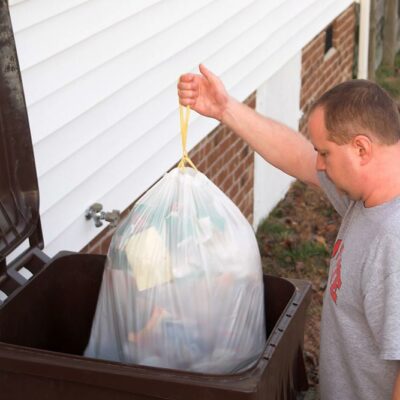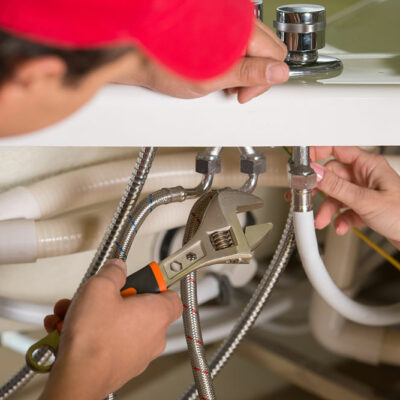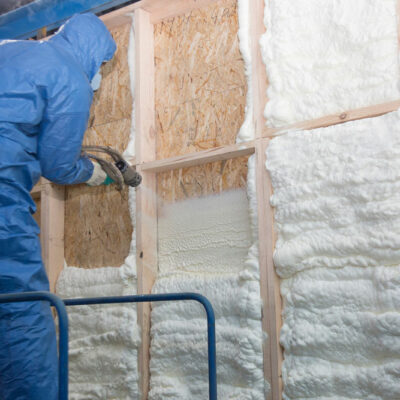
4 errors to avoid while using trash bags at home
Taking out the trash, although not particularly pleasant, is an essential and fairly simple chore. However, the task can quickly become messy if the waste is not handled properly. So, using the right trash bags and waste bins in the right way is important to avoid leakage and odor in the home. So, to make the chore seamless, one may want to avoid the following mistakes while using trash bags at home: 1. Choosing the wrong size Opting for trash bags that are the same size as the garbage can might seem like the obvious choice, but it can be a mistake. For starters, if there is too much waste in the bag, the contents will slip out of the bag and accumulate at the bottom of the can. So, one should always choose a bag that is slightly larger than the can, so that it can be easily folded along the edges of the can. 2. Not securing the bag Even if one uses a large-sized trash bag, it can still slip off the edge of the can if one throws trash with force into the bag or if there is too much garbage in the bag. With the bag slipping off the edge, it will make a mess when one tries to take the trash out.
Read Article 




